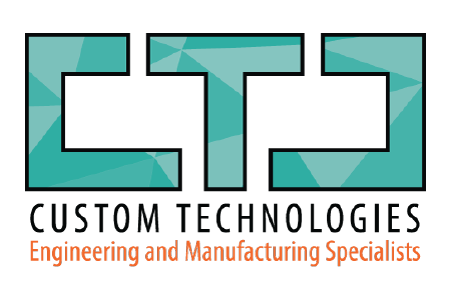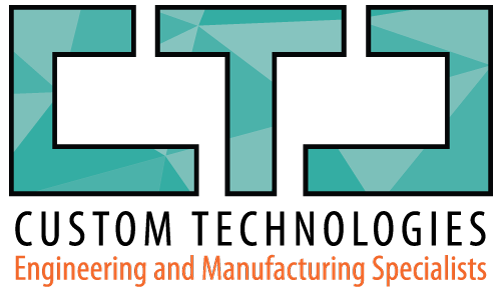There’s a perfectly good reason why museums display old sculptures, pottery, and jewelry – everything used to be specially made by hand. While these are awe-inspiring works of art, can you even begin to imagine trying to sell them in bulk back then? Today, we live in a world where products need to be readily available to the masses and your hands can only do so much. That’s why processes like overmolding and insert molding were invented.
What is Overmolding?
Overmolding is a process that fuses different kinds of plastic or rubber materials together in order to produce one complete product through injection molding. Here, an initial part is molded, cooled, and then combined with a second part that is still in a molten from. The process is known for its ability to add grips to handheld devices like toothbrushes, facial razors, kitchen tools, and more. Overmolding is used for waterproofing and insulating a variety of products as well. Since it eliminates any time needed for further assembly, production runs are quick and smooth.
What is Insert Molding?
Insert molding is a process where a plastic or rubber material is used to fully encapsulate a metal insert through injection molding. It creates one complete product as well, which has a stronger core overall. A few examples of inserts are screws, threaded fasteners, and magnets. After being molded, these components are often used for knobs, electrical housings, and couplings. Insert molding also eliminates the need for additional assembly, but is a faster process as there is no waiting for a second part to be molded.
Materials Utilized in Overmolding and Insert Molding
There are plenty of plastics that can be utilized for overmolding and insert molding, some of which can even add a splash of color to your product. This list includes:
- Acrylonitrile butadiene styrene (ABS)
- Acrylic
- High-density polyethylene (HDPE)
- Polybutylene terephthalate (PBTR)
- Polyether ether ketone (PEEK)
Several rubbers are also utilized, including:
- Ethylene propylene diene monomer (EPDM)
- Hydrogenated acrylonitrile butadiene rubber (HNBR)
- Neoprene
- Nitrile
- Silicone
Not every plastic or rubber is made to be combined with one another, especially in overmolding. It’s important to work with a manufacturer that knows exactly which ones can form a strong bond physically and chemically.
Metal inserts utilized for insert molding include:
- Aluminum
- Brass
- Copper
- Steel
- Titanium
Molding with Custom Technologies
Are you ready to start molding but you’re still not sure whether to choose overmolding or insert molding? Trust in Custom Technologies’ team of manufacturing experts to provide you with the most suitable recommendation regarding your product. Working with rigid plastics or flexible EPDM? Injection molding is most likely the solution that you are seeking. We also offer open-pour molding when it comes to foam or rapid prototype molding for small runs.
Custom Technologies is able to provide all of your manufacturing needs. From simple molded parts to complex products and automation machinery, we handle it all. Contact us today or visit customtechnologies.com.


